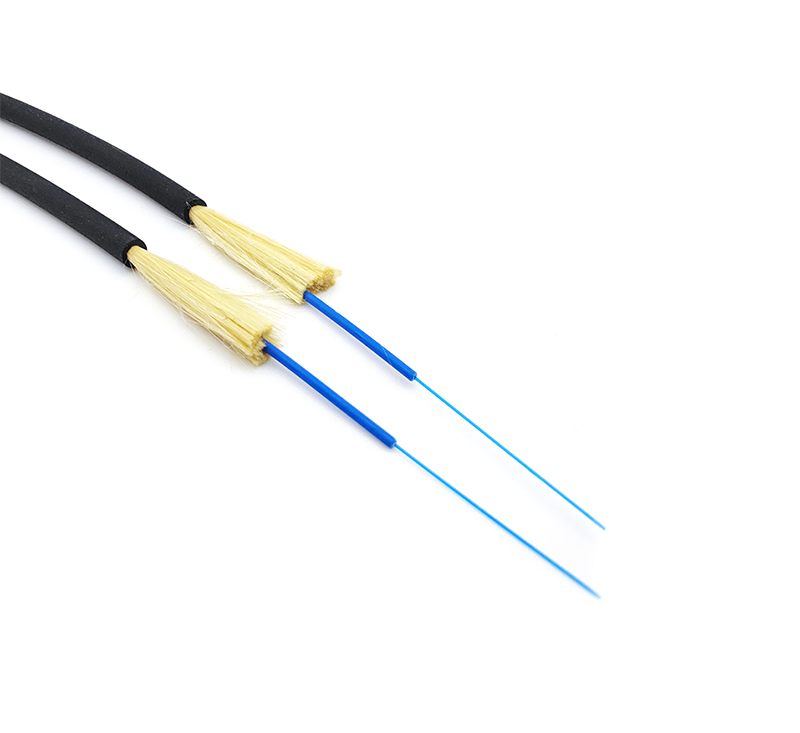1. Composition and classification of optical fibers
Optical fibers can be divided into silica optical fibers and plastic optical fibers according to their manufacturing materials. Silica optical fibers are commonly used optical fibers. Silica optical fibers are divided into single-mode optical fibers and multi-mode optical fibers according to their different transmission modes. Plastic optical fibers consist entirely of plastic and are typically used for multimode short-reach applications.

2. Classification of silica fiber
Single-mode fiber G.652A (B1.1 referred to as B1); G.652B (B1.1 referred to as B1); G.652C (B1.3); G.652D (B1.3); G.655A fiber (B4) (for long-distance trunk line use); G.655B fiber (B4) (for long-distance trunk line use)
Multimode fiber
50/125 (A1a referred to as A1); 62.5/125 (A1b)
Second, the structure of the optical cable
1. Outdoor optical cables mainly have three structures: central tube optical cable, layered optical cable and skeleton optical cable. According to the use of optical fiber bundles and optical fiber ribbons, they can be divided into 6 types, such as ordinary optical cable and optical fiber ribbon cable. The structural characteristics of each fiber optic cable:
(1) Center tube type optical cable (Executive standard: YD/T769-2003): The optical cable has a loose tube in the center, and the structural type of the optical cable in which the reinforcing member is located around the loose tube, such as the common GYXTW optical cable and GYXTW53 optical cable, the optical cable core The number is small, usually less than 12 cores.
(2) Layer-stranded optical cable (Executive standard: YD/T901-2001): The reinforcing member is located in the center of the optical cable, and 5~12 loose tubes are stranded on the central core strength member in a twisted manner. The twisting is usually SZ twisted. Such optical cables, such as GYTS, can obtain optical cables with a larger number of cores by combining loose tubes. The color separation of the stranded loose tube is usually separated by the red and green color spectrum, which is used to distinguish different loose tubes and different optical fibers. The number of cores of the stranded optical cable can be larger. At present, the number of cores of the stranded optical cable of our company can reach 216 cores or higher.
(3) Skeleton optical cable: The reinforcing member is located in the center of the optical cable, and the reinforcing member is composed of a plastic skeleton groove. The optical fiber or optical fiber ribbon is located in the skeleton groove. This kind of structure optical cable is rare in China and accounts for a small proportion.
(4) Figure 8 self-supporting structure, the optical cable of this structure can be incorporated into the central tube type and the layered optical cable, and it is listed separately mainly because the structure of the optical cable is quite different from other optical cables. There are usually central tube type and layer stranded type 8 self-supporting optical cable.
(5) Flame retardant optical cable for coal mine (Executive standard: Q/M01-2004 enterprise standard): Compared with ordinary optical cable, the requirements for the flame retardant performance of optical cable are improved, and the optical cable is specially designed to be suitable for use in mine environment. Usually the color of the outer sheath is blue to facilitate the identification of the optical cable in the mine. According to the structure, it can be divided into two types of structure: central tube type optical cable and layered optical cable.










